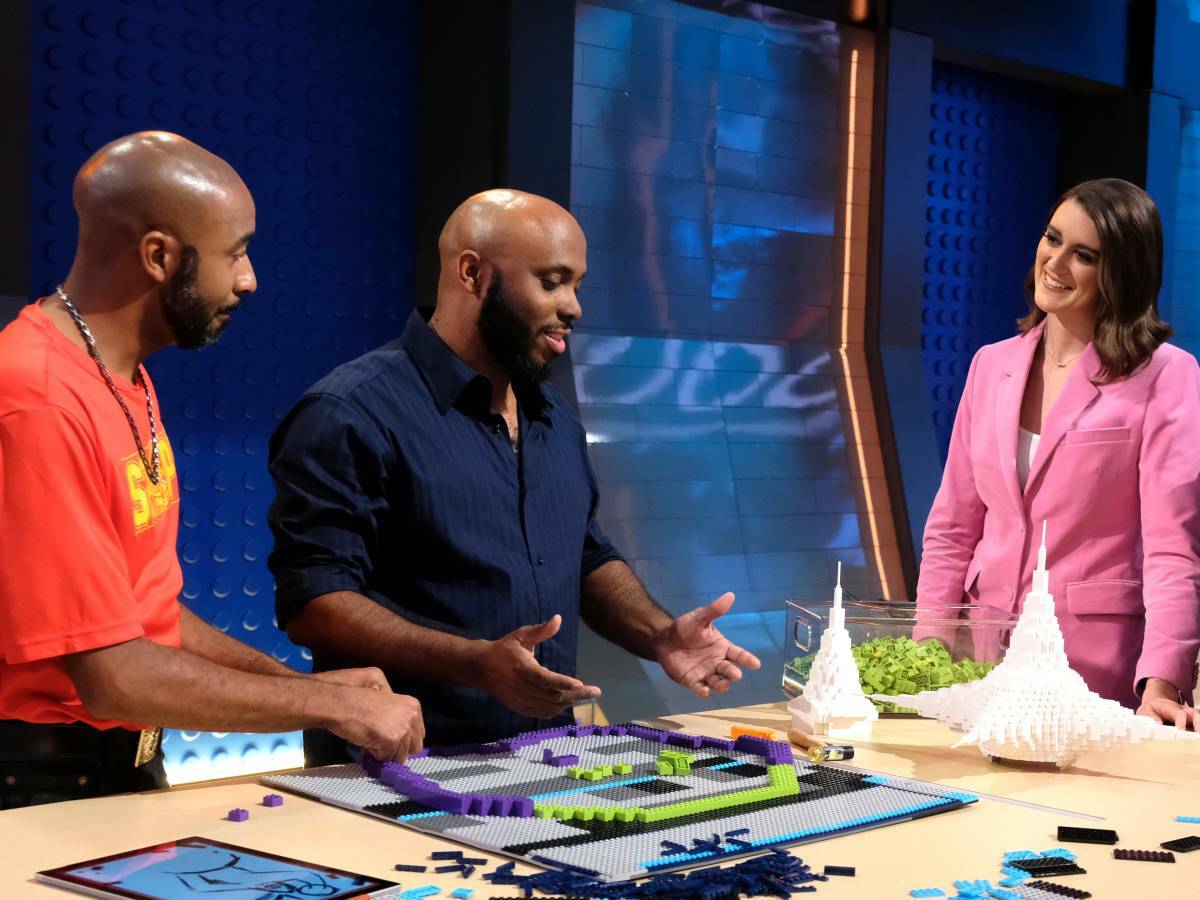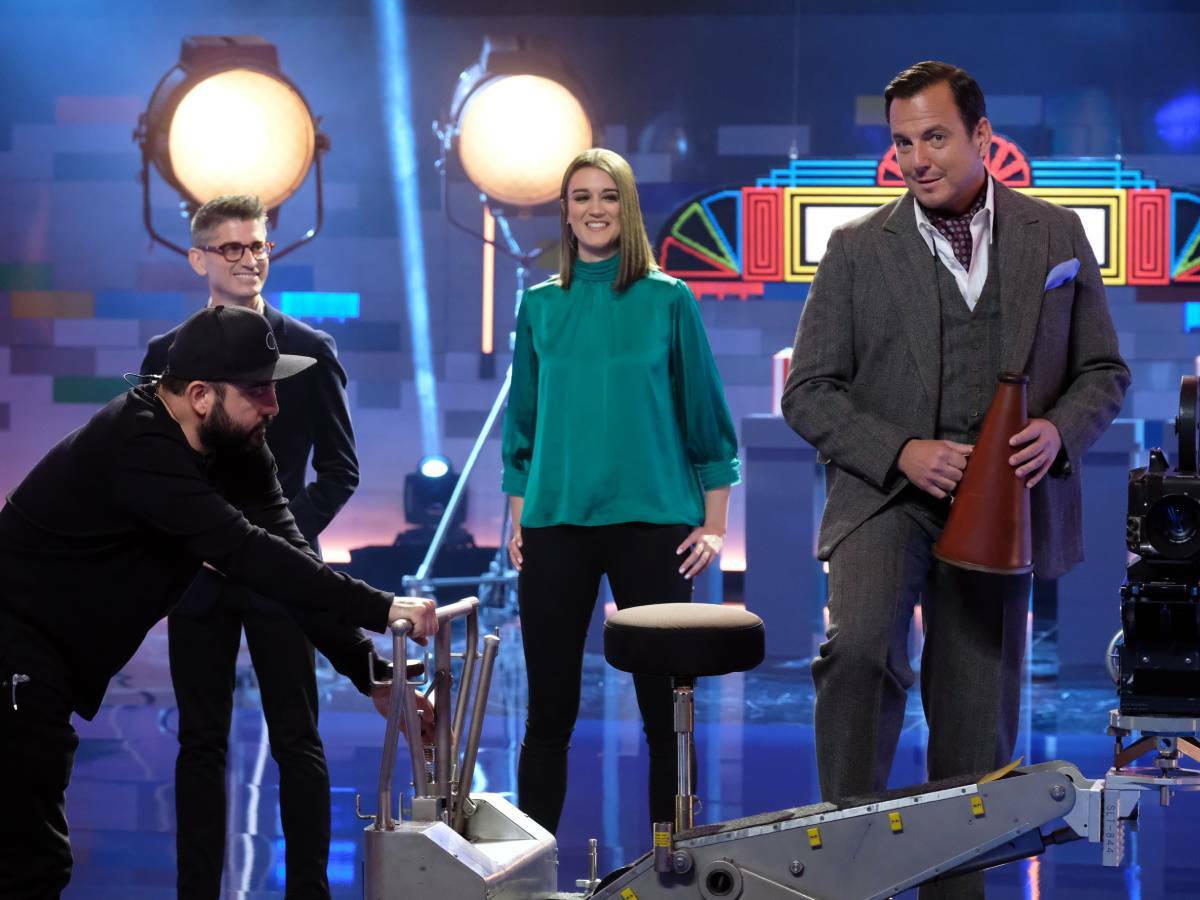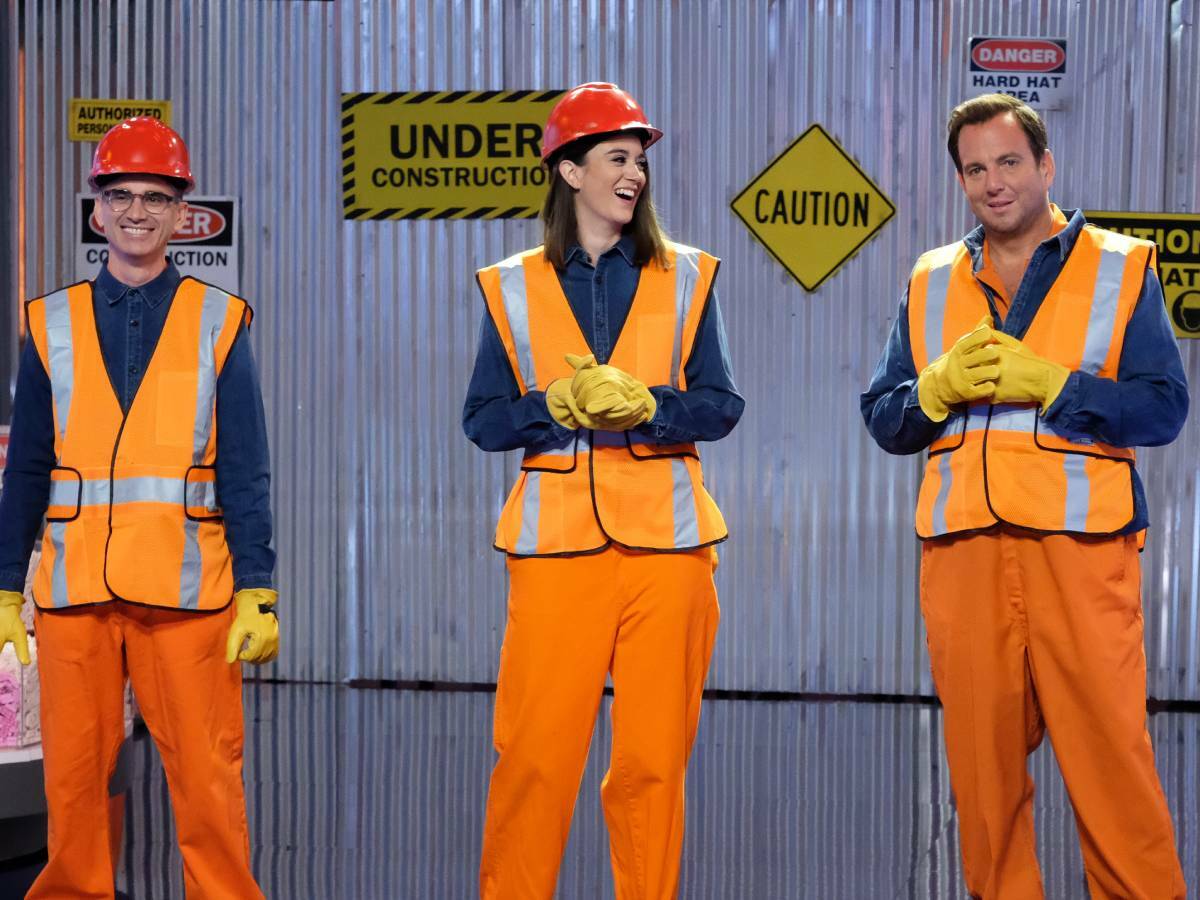Stuff Meets: Amy Corbett
Lego designer and Lego Masters judge, Amy 'Brickmaster' Corbett reveals what it takes to build like a pro

Lego Masters was a completely new experience for me
It was exciting, it was wild, it was taking what my day job is to a whole new level. I’m an expert in Lego, I build every day, but going from running a design team, to being on TV was a different world. It was incredibly cool and inspiring to see a different side of Lego with fans competing and putting their heart on the line to show you what they were capable of doing with Lego bricks. It was inspiring to see the creations they came up with.
I wouldn’t say I was a TV star
But as soon as I heard about the show being made I was like that’s super cool, I would love to be involved. I was just lucky I did well during the audition. It’s something I always thought would be exciting to do, but it’s so much harder than it looks, harder than I imagined to actually critically judge builds. It’s not just a matter of ‘I like it’ or ‘I don’t like it’, we’re actually coaches for the team, so we spend a lot of time and check in with them, give them advice, push them and try and get the best out of them. It was a steep learning curve to be on TV, rather just internally communicate with your design team. I had to adapt and learn really fast.
You have to prepare yourself to see Lego as you’ve never seen it before
This is not a kids toy anymore, it’s artists making crazy sculptures. It’s a totally over-the-top reality TV show, like ‘we’re gonna blow up Lego’, ‘we’re going to drop it from balconies’. We gave the teams a bridge challenge where we wanted to see their technical ability and how strong their creations are. We wanted to push their imaginations, and wow do they create some incredible things.
On Lego Masters, the three main things we’re looking for are: creativity, storytelling and technical ability
For people at home, if you want to prepare to become a master, then you need to practice. The builders in the show don’t just turn up and make awesome creations; they train, they practice, they build at home, they set themselves challenges, because the more you build, the better you get. The most successful teams have two really different profiles. For instance, one who might be great with colour and story details, and the other might be the more technical builder. We expect big, amazing creations, and they don’t have a lot of time. It’s about having a mix of skills, but so much is about collaboration.

Right now, I love the adult stuff, like the modular buildings
They’re like beautiful pieces of architecture, but also have really fun and playful stories, I always want to build those and follow the instructions. I’m thinking of sets like The Bookstore, and The Police Station too, they’re so cool as you can add houses and make a street – there’s so much detail.
When I was a child I fell over on a Lego set
I landed on my bottom on my brother’s castle and it was really painful. I couldn’t sit down for the rest of the day. So much worse than standing on a Lego brick. I’ve also stood on a fair few pieces in my time, but I’m much more careful now at work, if there’s a piece on the floor I’ll spot it immediately.
Ed Sheeran is a big fan
So he’d be good to see in Lego form. Will Arnett, who’s a host on the show, has already got a Batman version of himself, but I’d like to see him in Lego form. In fact, we could have all the judges on the show.

When we’re designing, we always want to make sure there’s something for everyone.
Every kid and every adult should be able to see something they can relate to or see reflected in the sets. But when we’re testing, we do see that girls and boys in younger age groups do gravitate towards certain play patterns and experiences, and we do take that into account, but we’d never want to prescribe specific sets that children should be playing with. Age groups tend to have preferences for different things, and diverge in certain areas, and in others all genders behave in the same way, and sometimes they surprise us and go in other directions than what we expect.
Every single product goes through the hands of children
It’s so they can try it out and then tell us what we could be doing better. Pre-Covid we’d have a group of kids come into the office to try things out, and this gives us a bit of a sense check, to see if we’re going in the right direction and if anything is too challenging. Then a few times a year, we travel to several of our bigger markets and run research projects driven by an impartial company to get raw data. We do even more testing when we’re working on something new, like when we were working on Dots as a concept, we were doing a lot of research to understand what we had to do to move into the art and crafts space.
The simplicity of Lego means it’s still popular a century later
You can have a pile of bricks in front of you, you don’t need instructions, it’s very intuitive and that resonates with people. It’s so accessible, but then you can also make incredible creations and master it. There’s also something in the fact we’re constantly reinventing it, thinking about how we reach more people and what do we need to compete with other toy makers to remain relevant, fun and surprising.
We try to stay one step ahead
Digital will be something we will have in focus. We recently launched Lego Vidiyo that lets you make a music video using AR and that’s a really interesting space to be in, so we want to keep doing that. I feel like Lego Masters is going to really take off too, a new platform for fans to show us what they think is awesome and engaging in a new way and hopefully we’ll keep seeing that expand and grow. The pandemic has shown that people still want hands-on kits with instructions, so there’s always a place for that relaxed nostalgic creative play.

We have a huge focus on sustainability
Many of our pieces are plant-based and we have a team working on how we can move towards more sustainable materials while retaining the same quality and experience everyone expects when they’re building with Lego. It’s a journey we’re on, and there’s no easy fix. Packaging is a big area we’re working on, limiting our waste and being as carbon neutral as possible. We also use wind farms a lot so we can offset all the power we use. The investment is there.
The James Bond Aston Martin DB5 ejector seat and other interactive sets are some of the coolest
They’re so intricate. We are lucky we have a team of incredible builders, which do things you wouldn’t believe possible. They often come with an idea which is really rough, it’s just a rough prototype, and then we have to work back and think how can we build something for someone to use at home, for it to be easy enough to build that it’ll be right every single time. We have a thing called designer play tests in the office where all our designers get together and try out different concepts.
There’s lots of testing
We love pushing the possibilities and wowing people. We also pride ourselves so much on quality, we test things so many times and try out so many versions to make sure we get it just right. The Aston Martin DB5 was a tricky build compared to others I’ve built and if you make a little mistake it’s hard to undo with all the grey pieces. I know the NES is challenging too. We really struggled with Lego Dots as well.
I’ll never forget making a popstar stage in Lego Friends
It has turning functions and it’s modular so you can rearrange it, it was so hard to make something so intricate that a seven-year-old kid is supposed to be able to build. Making complex things simple is always the biggest challenge. You don’t want kids stamping around on Christmas day shouting ‘I hate Lego!’ because they can’t do it.



